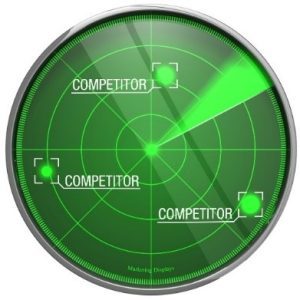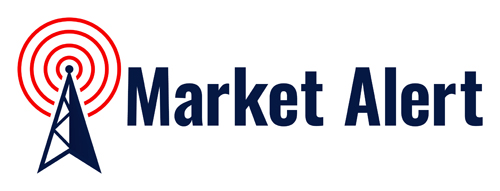Introduction
The goal of “Competitive Intelligence Tips and Tools for Canadian Marketing Practitioners” is to help guide you in collecting, analyzing and reporting CI, so that it becomes an efficient process that yields valuable results.
The insights provided are based on 35 years experience of providing competitive intelligence support to Canadian corporations, associations and government agencies.

Tip: Educate Clients and Stakeholders
Frequently there is naivety among requests for competitive intelligence regarding sourcing competitor information and interpreting results. The mindset is “Just ask around and write down your findings . Shouldn’t take that long.”
The reality is a far cry from this perception. So you need to make those asking you for CI, aware of the labour intensity required to complete the assignment. (We’ll cover this in detail in the next blog).
Ask them how long they think it will take. Double the number of hours they estimate and double that number again to get a real picture of the time involved.
Example
You’ve been asked to find out the pricing of a new product that a competitor retailer introduced. Sounds straight forward. Not so:
- You’ll need to factor in hidden pricing (e.g. introductory price, volume discount, seniors discount, discretionary pricing, warranty coverage for an additional cost, etc.)
- Then choose a sample of stores (or branches) that reflects the competitor’s target audience and is a large enough to yield accurate, reliable information.
- Add a few more sourcing steps (e.g. uncovering price specials, how long these promotions run, etc.) to complete .
- There will also likely be several rewrites to readjust the analysis as you uncover more pricing variables.
- Then after submitting your findings there could be follow up questions to get answers to.
Tool: Competitive Intelligence Brief
- To avoid spinning your wheels, over deliver or risk not getting enough information, have the stakeholder (or client) complete a Competitive Intelligence Brief. Using this tool will save time, clarify expectations and limit stress.
- An example follows. (The request is from a Marketing Director of a Canadian bank wanting rate information on a new competitor product called “New Canadian GIC”.)
Example
| Date: Jan. 18, 2024 | CI Request: GIC Rate Pricing for New Canadian GICs |
What is the goal of this request?
| To obtain rate information on competitor New Canadian GICs |
What decisions will be made with the results?
| To make sure that rates for our “Welcome to Canada” GIC are on par with competitors. |
Which competitors are to be researched?
| BMO, RBC, Scotia, TD, Caisse Desjardins |
What are your Key Intelligence Questions ?
(These are specific questions that absolutely need to be answered)
| What are the competitors’ posted fixed term 1 to 5 year rates for New Canadian GICs?Are any of the competitors offering bonus rates?If so which ones and what are the bonus rates being offered?What additional interest are competitor branches, at their discretion, offering?What are the requirements to qualify for this additional interest?What other incentives are being offered to encourage purchasing New Canadian” GICs |
When is the latest that you require the CI? (Please specify a date vs. “ASAP”)
| Feb. 26, 2024 |
What, if any, information do you have to share about the topic at hand and/or competitors to be investigated?
| Research from in depth customer phone call surveys gauging purchase interest for “Welcome to Canada” GICs . |
Conclusion
Making those requesting competitive intelligence aware of the difficulty and labour intensity is essential, given the 4:1 rule of thumb (i.e. 4 hours spent vs. 1 hour estimated) for competitive intelligence assignments.
And completing a competitive intelligence brief will prove invaluable in managing your assignments and meeting deadlines. For more information about Competitive Intelligence, contact us today.
